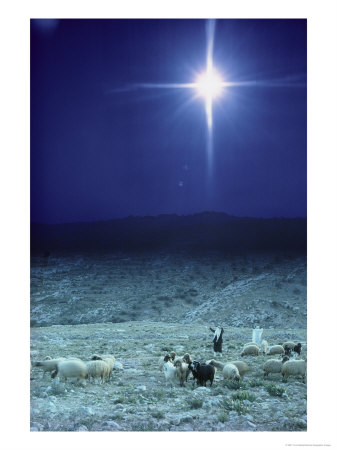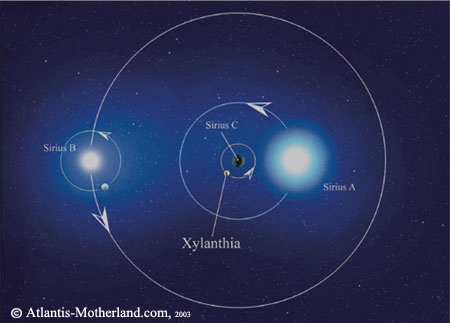This post is dedicated to Gaby, who started it.
"...when the hour draweth nigh on which the Day-star of the heaven of justice shall be made manifest, and the Ark of divine guidance shall sail upon the sea of glory, a star will appear in the heaven, heralding unto its people the advent of that most great light. In like manner, in the invisible heaven a star shall be made manifest who, unto the peoples of the earth, shall act as a harbinger of the break of that true and exalted Morn. These twofold signs, in the visible and the invisible heaven, have announced the Revelation of each of the Prophets of God, as is commonly believed."(Bahá'u'lláh, The Kitáb-i-Iqán, pages 20 to 22 for full text)
So, the Blessed Beauty confirms that when a Manifestation appears, so does a star in the physical heaven. This peaked my curiosity to find out if there was a record of which star may have been discovered around the time of the Twin Manifestations and I found the following:
"As astronomers further refined their measurement techniques, they made other discoveries. Between the years 1834 and 1844, Bessel* performed observations of the bright, nearby star "Sirius", also known as the "Dog Star" because it is found in the constellation "Canis Major (Big Dog)". Bessel found that its motion through the sky undulated, as if it were a binary in orbit around another star. However, no other star was visible.
Bessel speculated that the other star was a "hidden companion" that was invisible using the telescopic technology available to him. This speculation inspired other astronomers to search for the hidden companion of Sirius. In 1862, the American astronomer Alvan Graham Clark (1832:1897) was testing a new telescope when he discovered the hidden companion as a tiny, faint star. The companion became known as "Sirius B", or just the "Pup", while the Dog Star itself became technically known as "Sirius A".
Text quoted from an article at www.vectorsite.net called "The Discovery of Stars," v3.0.1 / chapter 1 of 10 / 01 feb 09 / greg goebel / public domain
* Friedrich Wilhelm Bessel (22 July 1784 – 17 March 1846) was a German mathematitian, and astronomer. (from wikipedia.org)
Isn't that amazing! A twin star system was discovered around 1844!
"Sirius is the brightest star in the night sky with a visual apparent magnitude of −1.46, almost twice as bright as Canopus, the next brightest star. The name Sirius is derived from the Ancient Greek Σείριος. The star has the Bayer designation α Canis Majoris (α CMa, or Alpha Canis Majoris). What the naked eye perceives as a single star is actually a binary star system, consisting of a white main sequence star of spectral type A1V, termed Sirius A, and a faint white dwarf companion of spectral type DA2, termed Sirius B."
Image from www.atlantis-motherland.com
Text from the article at www.wikipedia.org
Tuesday, September 1, 2009
Subscribe to:
Post Comments (Atom)
Followers
Blog Archive
-
▼
2009
(35)
-
▼
September
(22)
- Healing Prayer
- Detachment
- The sword of a virtuous character and upright cond...
- irrigate the desert
- "O SON OF DUST! Verily I say unto thee: Of all ...
- Sensibility
- “O my God! Grant to him, to his descendants, to hi...
- Respect
- Attributes of perfection
- Chalice
- Awe
- Blessing
- Joy and gladness
- Might
- Love
- Acknowledgement
- Gratitude... again
- "Where there is no vision, the people perish."
- Vision
- Stars in the heaven of understanding
- Stars
- Satisfaction
-
▼
September
(22)


No comments:
Post a Comment